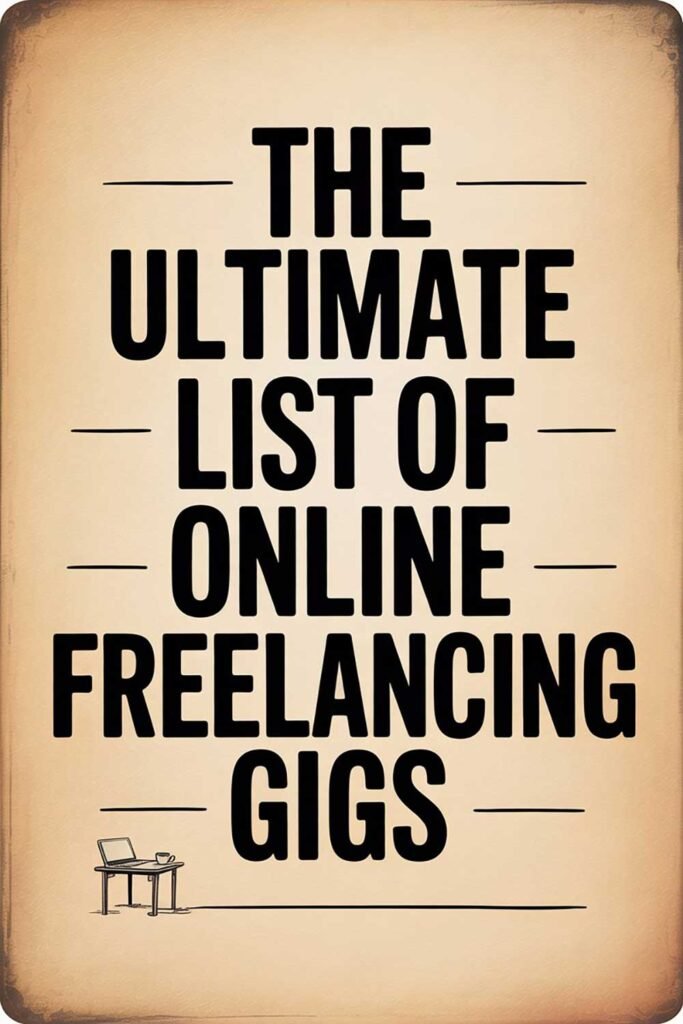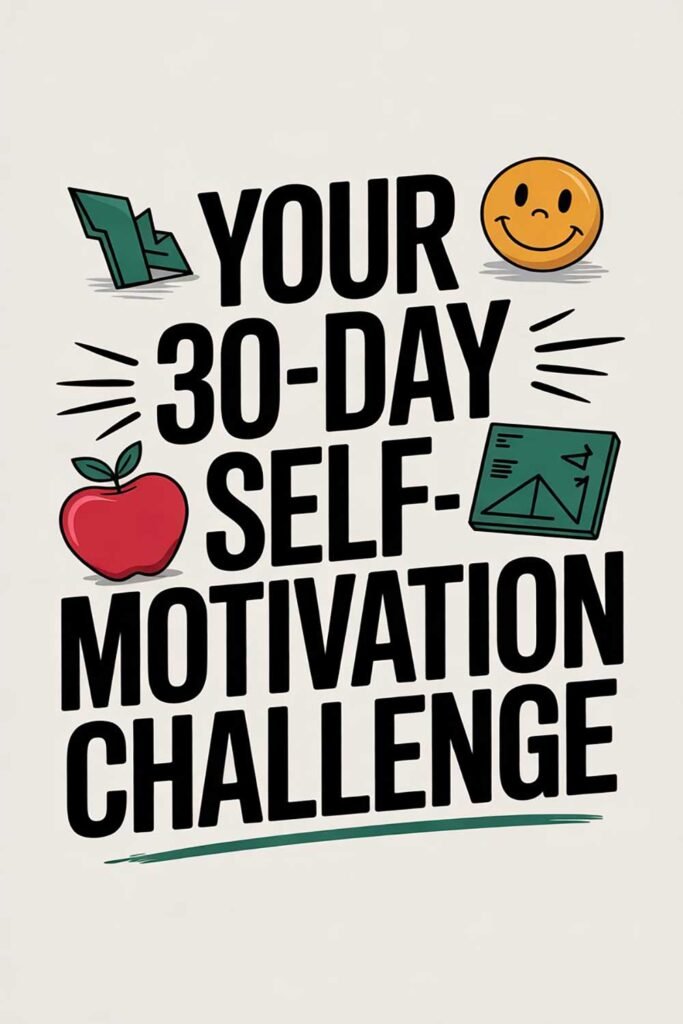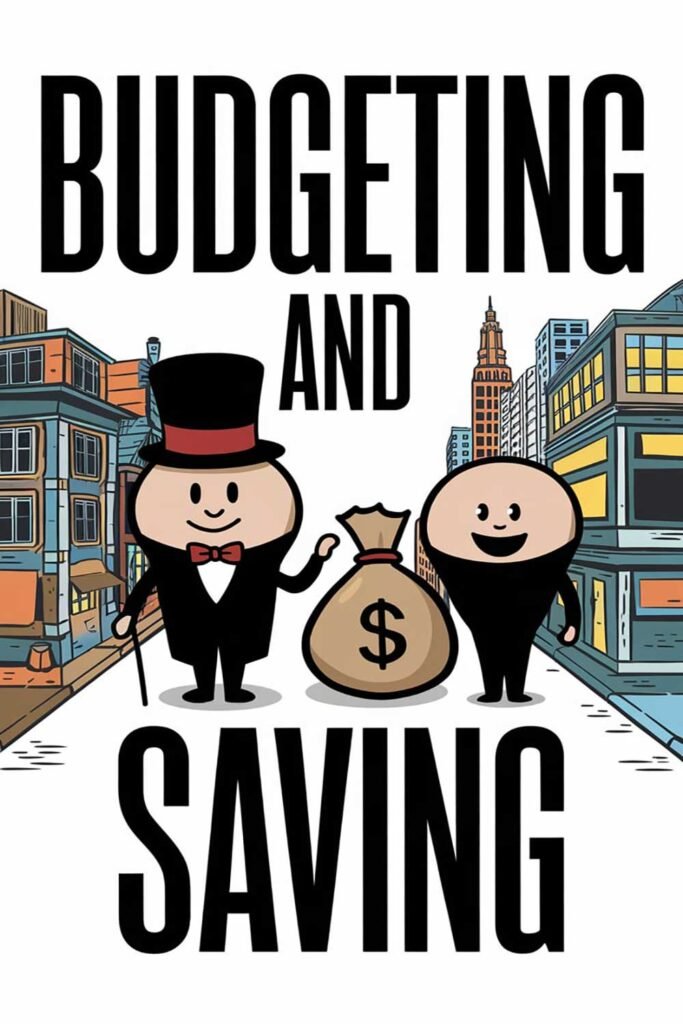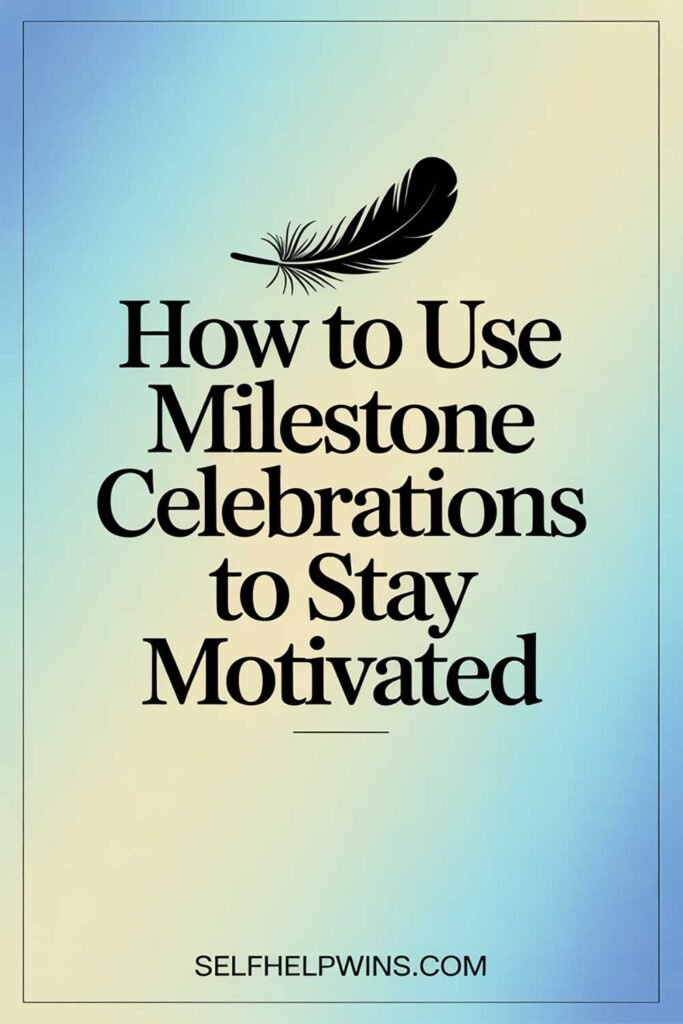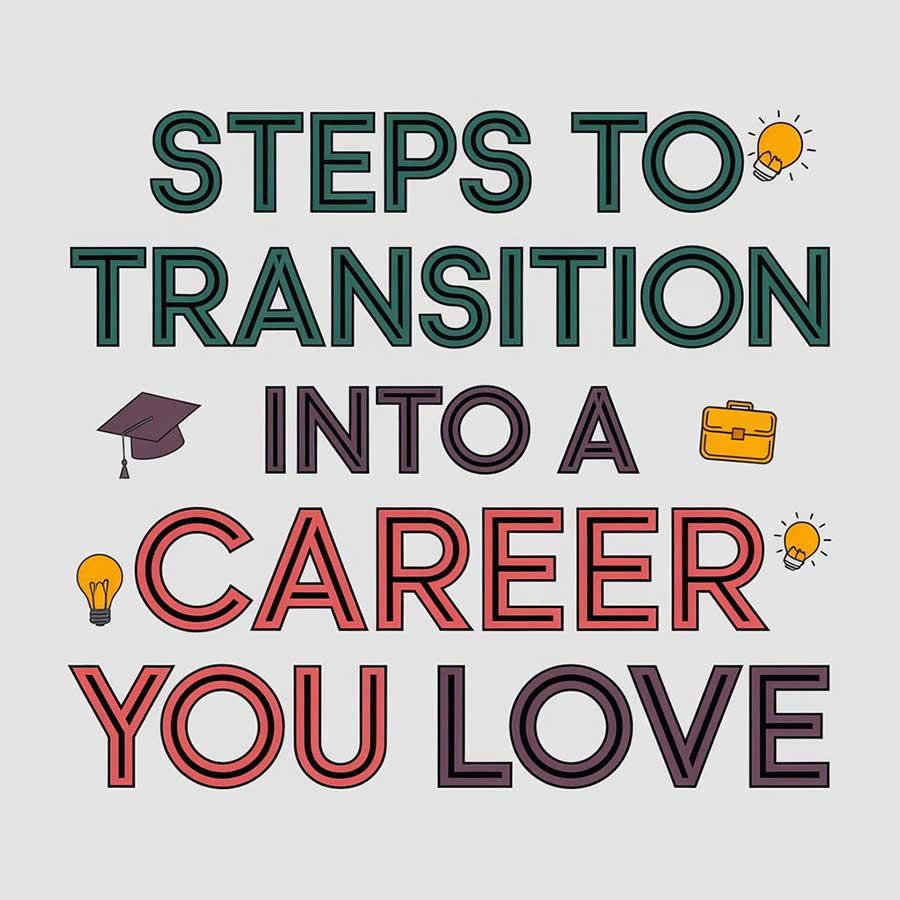
Steps to Transition Into a Career You Love
Changing careers can be both exciting and overwhelming. Whether you’re looking for more fulfillment, better pay, or a new challenge, transitioning into a career you love requires planning, strategy, and action.
This guide breaks down the key steps to successfully transition into a career that aligns with your passions and goals.
Step 1: Identify What You Truly Want
Before making a career switch, take time to evaluate what you really want from your next role.
Questions to Ask Yourself:
- What activities make me feel energized and fulfilled?
- What skills do I enjoy using the most?
- What work environment do I thrive in?
- What are my non-negotiables (salary, work-life balance, growth opportunities)?
Action Step:
Write down three key qualities your ideal career must have.
Step 2: Research Potential Careers
Once you know what you want, research industries, job roles, and companies that align with your goals.
How to Research New Careers:
- Use Career Exploration Tools – Try platforms like O*NET, My Next Move, and LinkedIn.
- Read Job Descriptions – See what qualifications and skills are required.
- Network with Industry Professionals – Join LinkedIn groups, attend webinars, and connect with professionals.
- Watch Career Videos & Interviews – Learn from those who have made similar transitions.
Action Step:
Choose three potential career paths that align with your interests and research them.
Step 3: Identify Transferable Skills
You likely have valuable skills from your current job that can be applied to a new industry.
Examples of Transferable Skills:
- Communication – Writing, public speaking, and active listening.
- Project Management – Organizing tasks, meeting deadlines, and handling budgets.
- Problem-Solving – Analyzing issues and finding solutions.
- Leadership & Collaboration – Managing teams and working well with others.
Action Step:
List five transferable skills you have and how they apply to your target career.
Step 4: Fill Skill Gaps with Education and Training
If your new career requires skills you don’t yet have, find cost-effective ways to learn.
Ways to Gain New Skills:
- Online Courses – Platforms like Coursera, Udemy, and LinkedIn Learning.
- Certifications – Industry-specific credentials that boost credibility.
- Volunteering or Side Projects – Gain experience by working on relevant projects.
- Mentorships & Internships – Learn directly from experienced professionals.
Action Step:
Sign up for one online course or certification relevant to your new career.
Step 5: Build a Strong Professional Network
Your network can open doors to opportunities and provide insights into your new field.
How to Expand Your Network:
- Attend Industry Events & Webinars – Stay updated on trends and meet new contacts.
- Join LinkedIn Groups & Forums – Engage with professionals in your target industry.
- Connect with Alumni & Former Colleagues – Leverage existing relationships.
- Reach Out for Informational Interviews – Ask industry experts for career advice.
Action Step:
Schedule one informational interview with a professional in your desired field.
Step 6: Update Your Resume and LinkedIn Profile
Tailoring your resume and LinkedIn profile is crucial to making a career switch.
Resume & LinkedIn Optimization Tips:
- Highlight Transferable Skills – Showcase relevant experience from your past roles.
- Use Industry-Specific Keywords – Align your resume with job descriptions.
- Showcase Education & Certifications – Feature any new skills you’ve gained.
- Write a Compelling Summary – Explain your career transition and goals clearly.
Action Step:
Revamp your resume and LinkedIn profile to reflect your new career direction.
Step 7: Gain Experience Through Side Projects
Building real-world experience helps you stand out when applying for jobs.
Ways to Gain Experience:
- Freelancing or Consulting – Start taking small projects to build credibility.
- Internships or Apprenticeships – Gain hands-on experience in a new role.
- Volunteering for Relevant Work – Offer your skills to non-profits or startups.
- Starting a Personal Project – Create a portfolio showcasing your abilities.
Action Step:
Find one opportunity (freelance gig, internship, or project) to gain hands-on experience.
Step 8: Apply for Jobs Strategically
Once you have the skills and experience, start applying for jobs with confidence.
Job Application Strategy:
- Customize Every Application – Tailor resumes and cover letters to each job.
- Use Your Network – Referrals increase your chances of getting interviews.
- Prepare for Interviews – Practice answering common career-change questions.
- Be Open to Entry-Level Roles – Sometimes, transitioning means starting lower but growing quickly.
Action Step:
Apply for three jobs in your new industry this week.
Step 9: Stay Resilient and Adapt
Career transitions take time and effort. Stay persistent and adaptable in your approach.
How to Maintain Motivation:
- Celebrate Small Wins – Acknowledge progress along the way.
- Seek Support – Talk to mentors, friends, or career coaches.
- Stay Flexible – Adjust strategies based on feedback and experiences.
- Continue Learning – Keep improving your skills and industry knowledge.
Action Step:
Set a timeline for your career transition and review progress regularly.
The Path to a Career You Love
Transitioning into a fulfilling career doesn’t happen overnight, but with careful planning, skill development, and networking, you can successfully move into a role that excites and fulfills you.
Start today—your dream career is within reach!
Picture This
Imagine waking up each morning excited about your work. You’re using skills you enjoy, making a meaningful impact, and earning a salary that supports your lifestyle. You took control of your career path—and now you love what you do. That’s the power of a successful career transition.
Please Share This Article
If you found this guide helpful, share it with someone looking to transition into a more fulfilling career!

